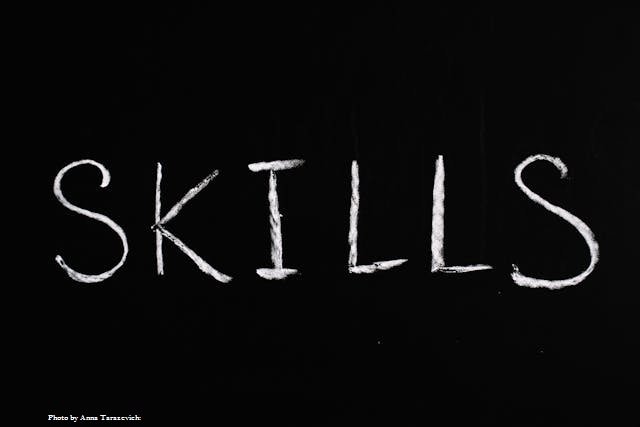Student loan debt can be a heavy burden for many borrowers in the USA. Fortunately, there are several student loan forgiveness programs that can help alleviate this burden. In this article, we’ll explore the different student loan forgiveness options available, eligibility requirements, and the potential pros and cons of each option.
Public Service Loan Forgiveness (PSLF):
The Public Service Loan Forgiveness program is designed for individuals who work in certain public service jobs, such as government or non-profit organizations, and have made 120 qualifying payments on their federal student loans. After 120 payments, the remaining balance on their loans is forgiven. To be eligible, borrowers must have made these payments while working full-time for a qualifying employer.
Teacher Loan Forgiveness:
The Teacher Loan Forgiveness program is available to teachers who work full-time for five complete and consecutive academic years in a low-income school or educational service agency. The amount of forgiveness depends on the subject taught and the type of loan. For example, elementary and secondary school teachers may be eligible for up to $17,500 in forgiveness on certain loans.
Income-Driven Repayment (IDR) Plans:
Income-Driven Repayment plans are designed to help borrowers manage their monthly payments based on their income and family size. Under these plans, borrowers can make payments as low as $0 per month, and any remaining balance after a certain number of years (usually 20 or 25 years) is forgiven. However, it’s worth noting that borrowers may end up paying more in interest over time with this option.
Borrower Defense to Repayment:
The Borrower Defense to Repayment program allows borrowers to apply for loan forgiveness if their school engaged in fraudulent or illegal conduct. This program is intended to protect borrowers from predatory schools and fraudulent practices. Borrowers must provide evidence of misconduct by the school, and the amount of forgiveness depends on the nature and extent of the misconduct.
Closed School Discharge:
The Closed School Discharge program allows borrowers to have their loans discharged if their school closes while they are enrolled or shortly after they withdraw. This program is designed to protect borrowers from the financial burden of attending a school that has closed. Borrowers must meet certain eligibility requirements and submit an application for loan discharge.
Total and Permanent Disability Discharge:
The Total and Permanent Disability Discharge program allows borrowers who are totally and permanently disabled to have their loans discharged. Borrowers must provide documentation of their disability and meet other eligibility requirements to qualify for this program.
Pros and Cons of Student Loan Forgiveness:
While student loan forgiveness programs can provide significant financial relief for borrowers, they also have potential drawbacks. Forgiveness programs may have tax implications, and forgiven amounts may be considered taxable income. In addition, some forgiveness programs may have specific eligibility criteria and requirements that not all borrowers may meet.
Conclusion:
If you’re struggling with student loan debt, student loan forgiveness programs may be a valuable resource for achieving financial stability. However, it’s important to research and understand your options for loan forgiveness and repayment, and to consider the potential long-term financial implications of your decisions. By exploring your options and taking proactive steps to manage your student loan debt, you can work towards a brighter financial future.






